Quote:
Originally Posted by jr_ss

What is the purpose of that "wirey mesh" stuff? It provides surface area for the oily air vapor to collect on. In other words this would be "filtering" said air. Now if it doesn't have a "wirey mesh" inside it, then it is nothing more than a vacuum chamber, which draws oily air through it, collecting some, but not nearly as effective as one with "wirey mesh".
Kingalton, I think you read too far into things and miss the point sometimes. You don't know everything and at times you come off as an arrogant fool and others you have valid points that aren't in outer space. There's more than one way to skin a cat.
A catch can is nothing more than a means to remove the oil vapor from inside the engine. As someone stated, there are contaminants in said vapor that some prefer not to have redirected back to the sump. Oil changes are needed because there is "crap" in it, among other reasons, as you know.
A valve cover, such as the S14 with internal baffling collects these contaminants and over time they get gummed up with the "crap" that was filtered out. Next time you pull your VC off, remove the baffling and tell us what you find.
|
how is a catch can going to protect the baffling?
And oil vapour, is a gas. It will not become a liquid just because you put a metal mesh inside a can. It may settle out as a deposit of carbon; the black "crap" that keeps getting referred to- as you have noted, settles out inside the valvecover, all over the insides of the engine, and anywhere it can. But keep in mind, this same oily vapour exits the valvecover via PCV valve and enters the intake manifold directly without any kind of filter or can. So adding a catch can will not solve the issue of oily vapour settling out, or inside, the engine. It will only serve to protect whatever is downstream of the can i.e. the turbocharger compressor. Which is a Point I have already made several times.
Also, how many experiments have you done to determine the effectiveness of such a metal mesh?
If you are claiming they provide a surface area, then I agree, there is a larger surface area present in a can with any kind of debris, whether cardboard or steel or sand. A potential problem with metals, is they also provides a surface for catalysis reactions. Have you taken any inorganic chemistry courses? Nickel, which is present in stainless, is a highly modifiable metal, with d-orbitals capable of bonding many chemical groups.
here are some interesting configurations for various metals (NOT catalysis reactions):
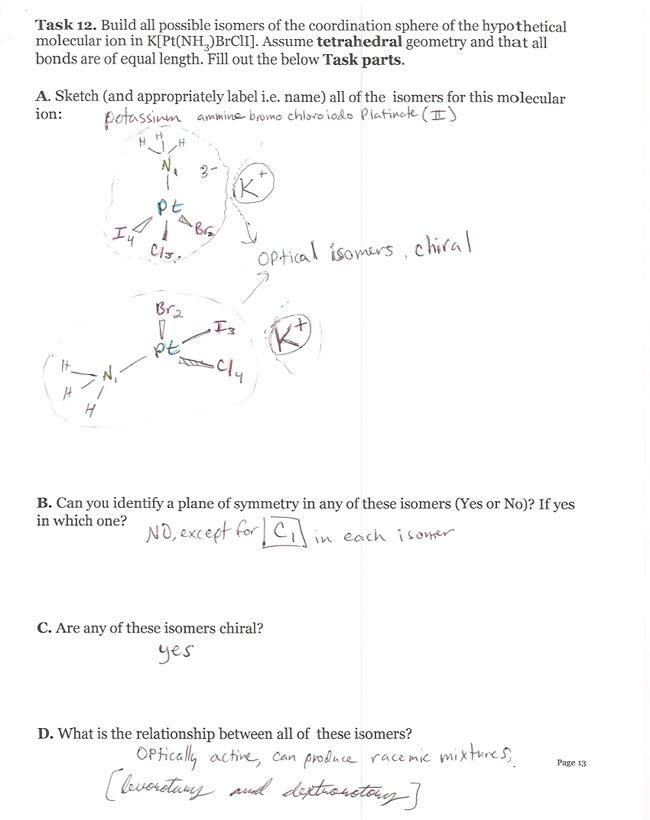



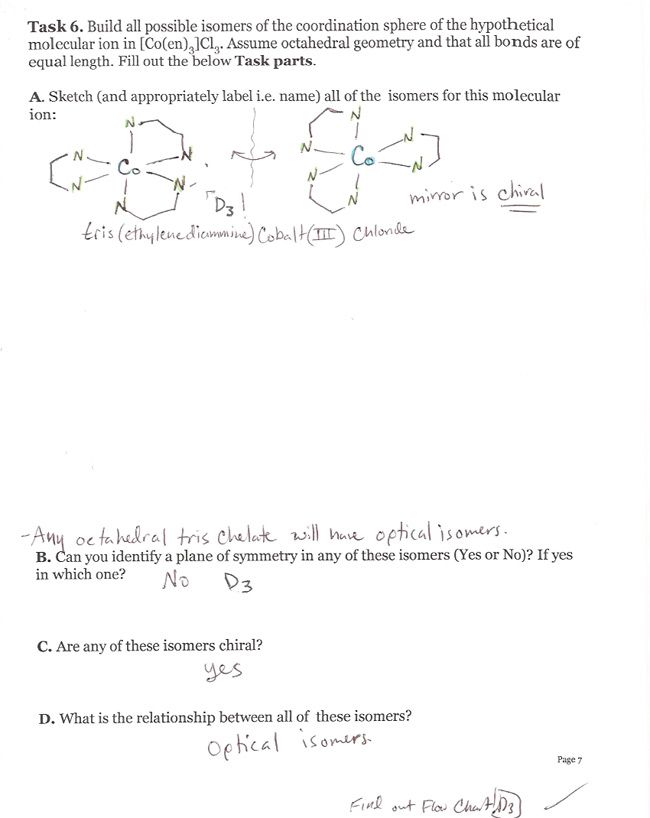
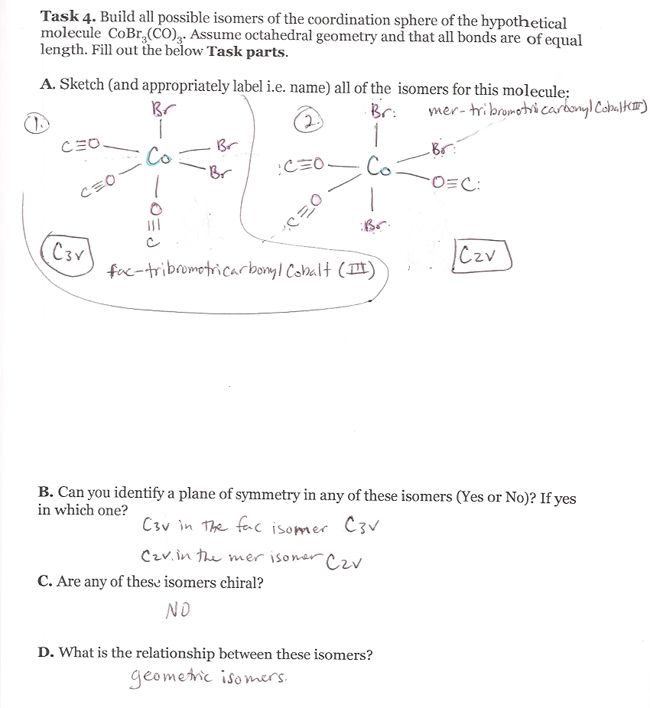
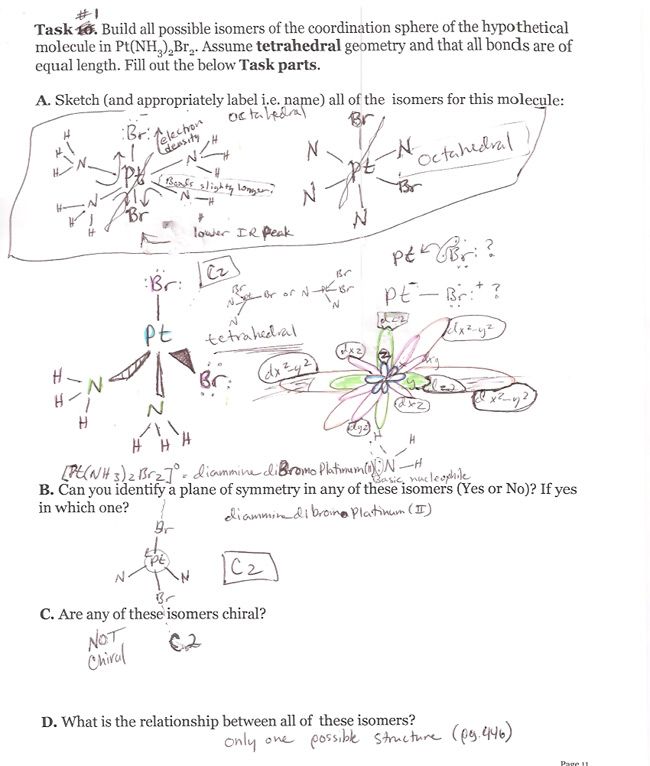
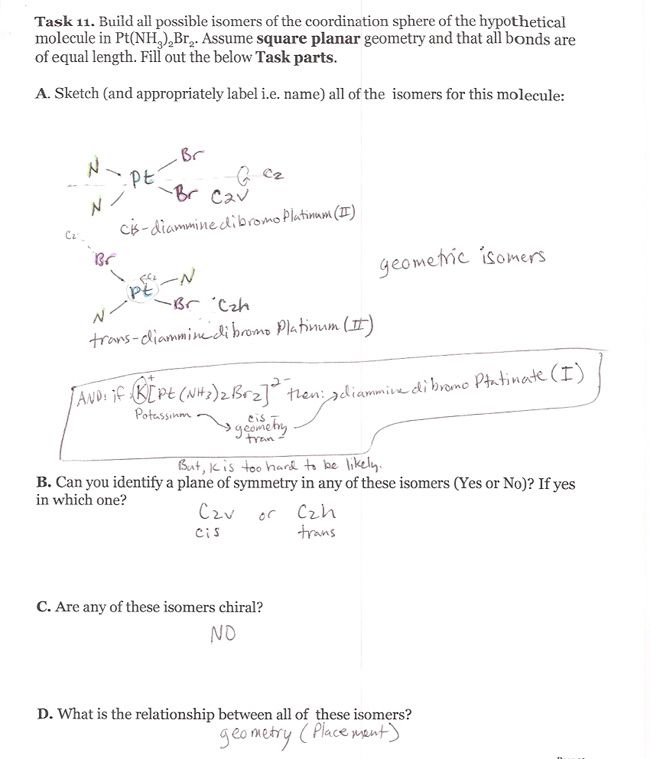


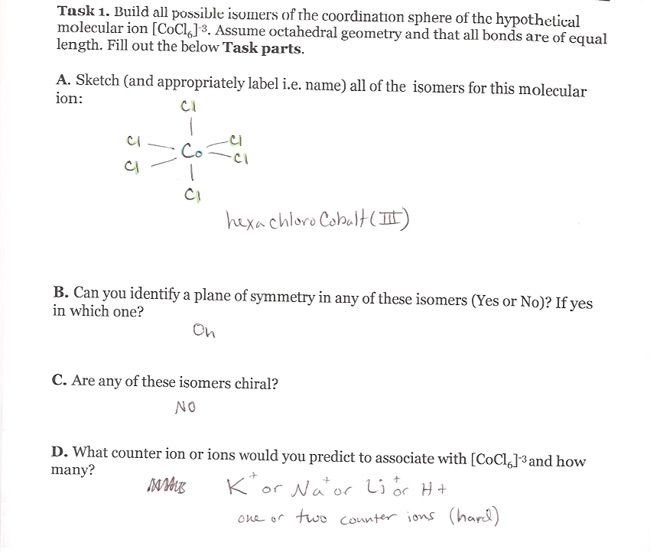



Instead of guessing, which is what you are doing without experimental evidence, I would prefer to keep things OEM or as OEM as possible. The factory did not see a need to collect anything coming out of the valvecover; there is no reason why anybody else should, unless it becomes necessary or desirable. Such as in the event of wanting to protect your $2000 turbocharger from oil. Which is a point that I have made several times, a valid purpose for a catch can. Certainly not missed; I even posted a picture of it in action.